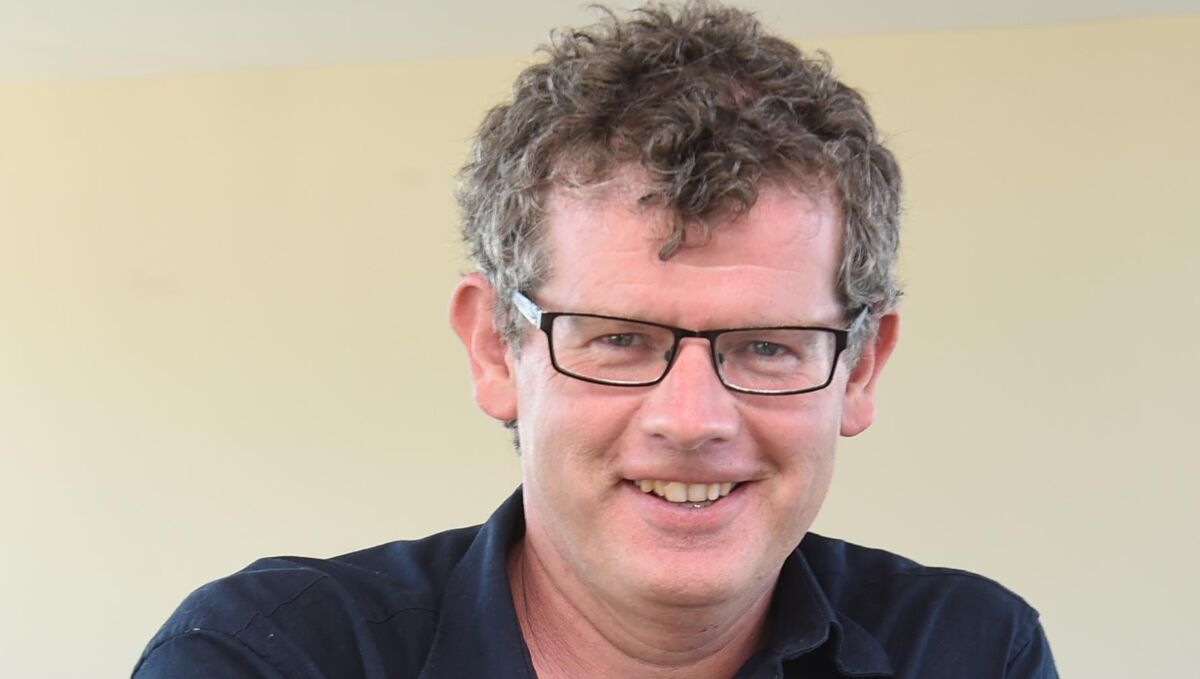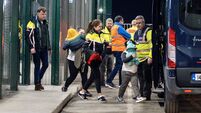Islands of Ireland: Erratic behaviour in Galway

Freaghillaun Beg, Connemara, Co Galway. Picture: Dan MacCarthy
Limestone has many friends. Not so granite. Where limestone is malleable, granite is obdurate. Where limestone accommodates, granite resists. Apart from sculptors and rock climbers, granite appears largely unloved.

- How to to get there: About an hour’s drive west of Galway on the R336. At Costelloe take the R374. Inquire locally for access.












